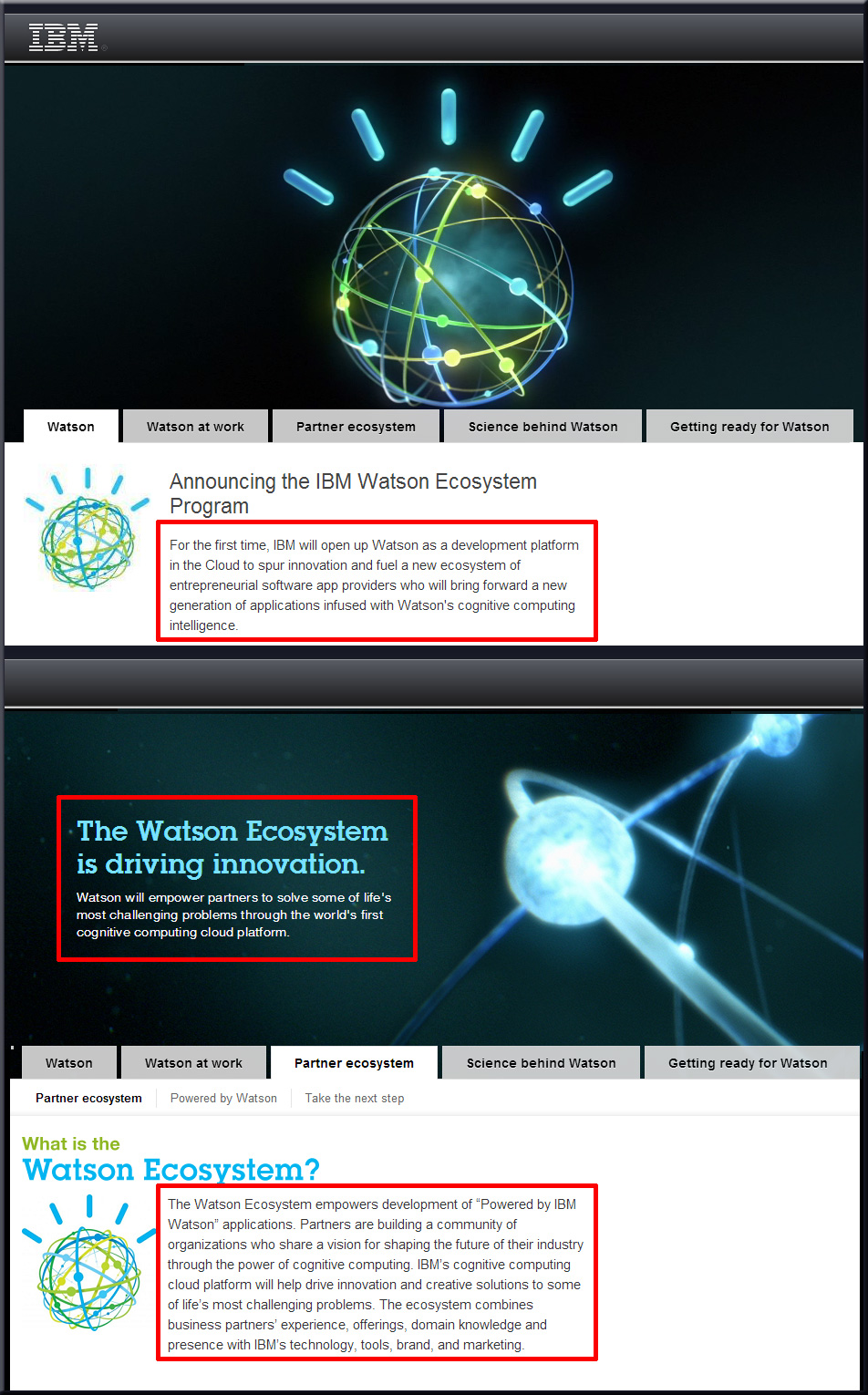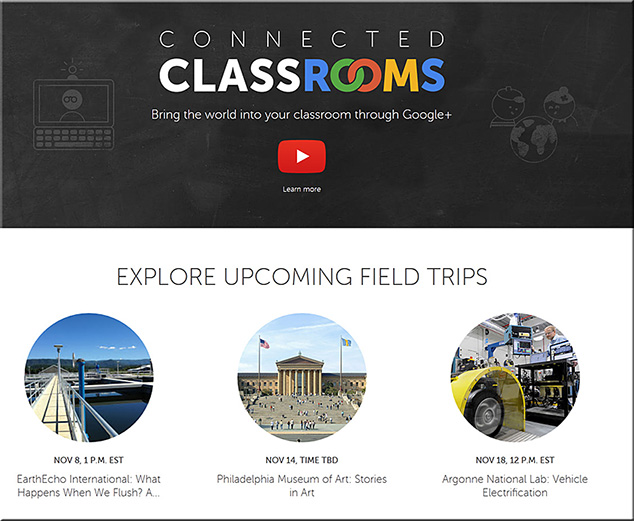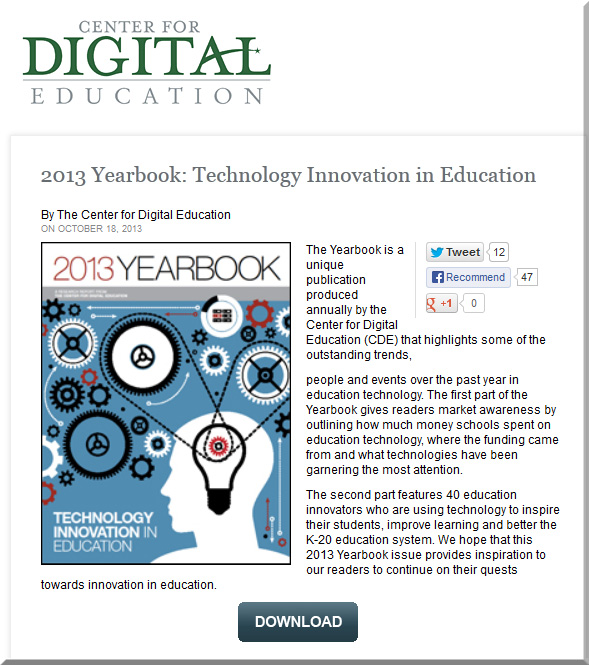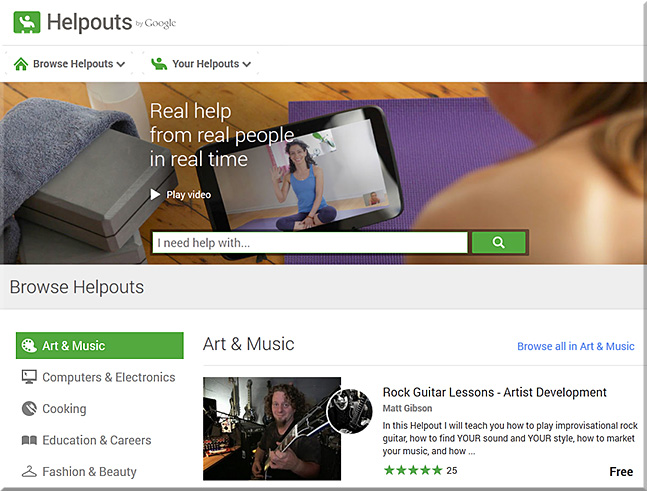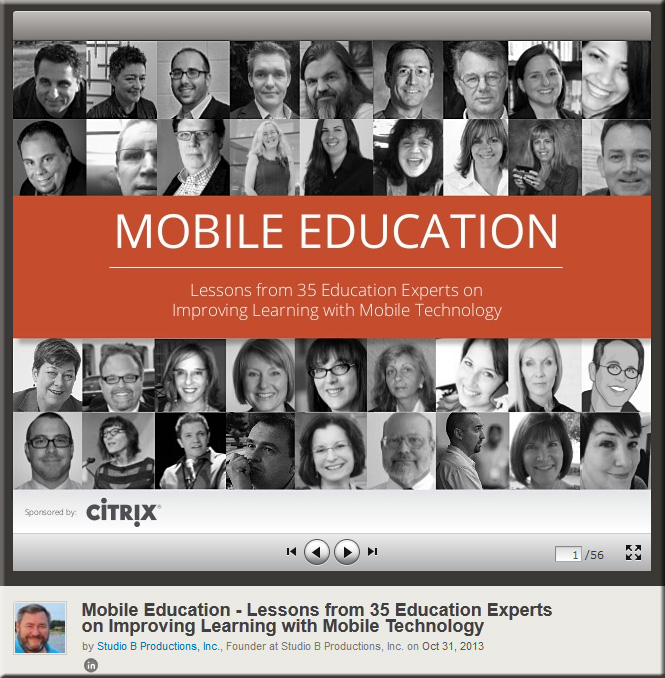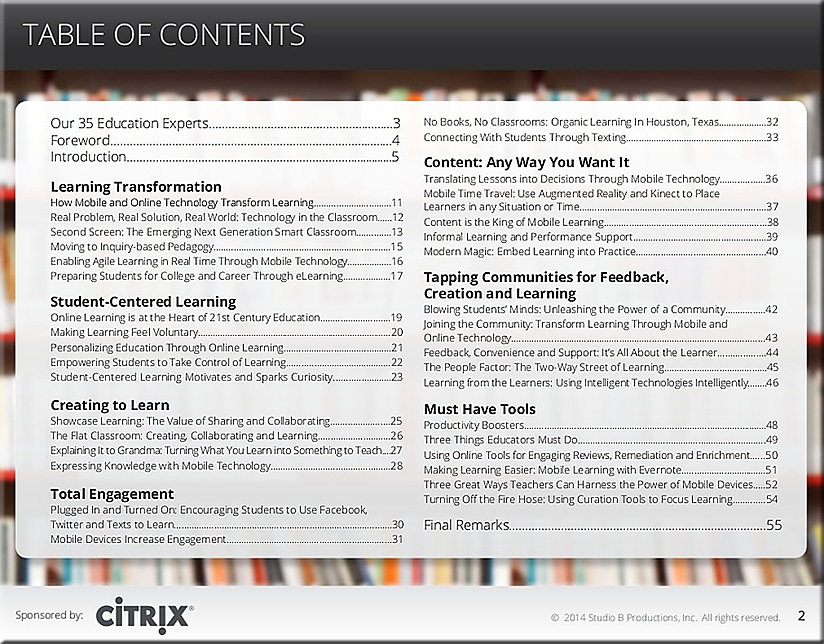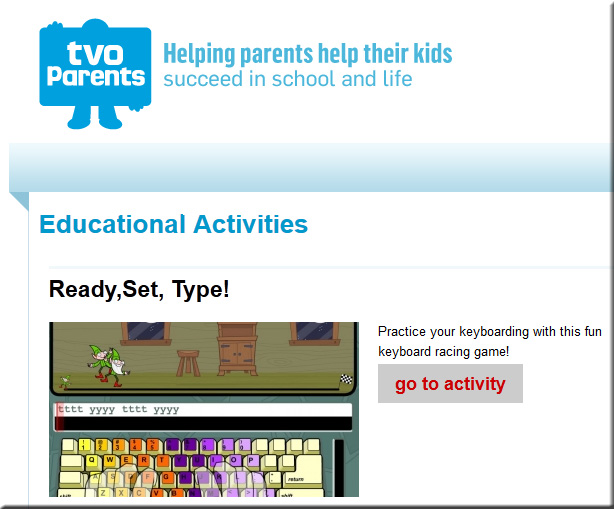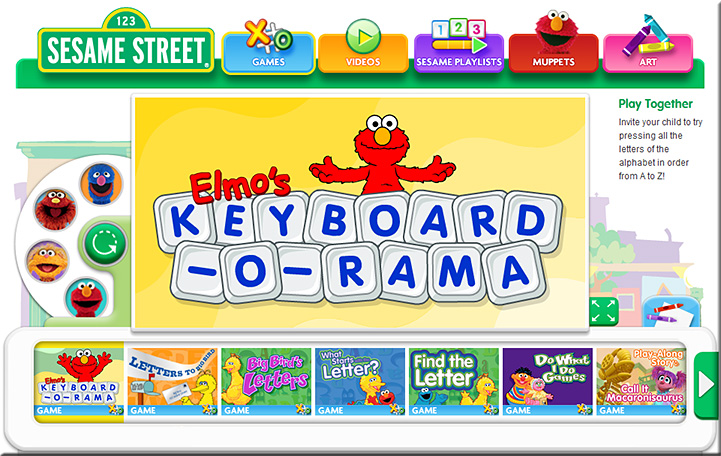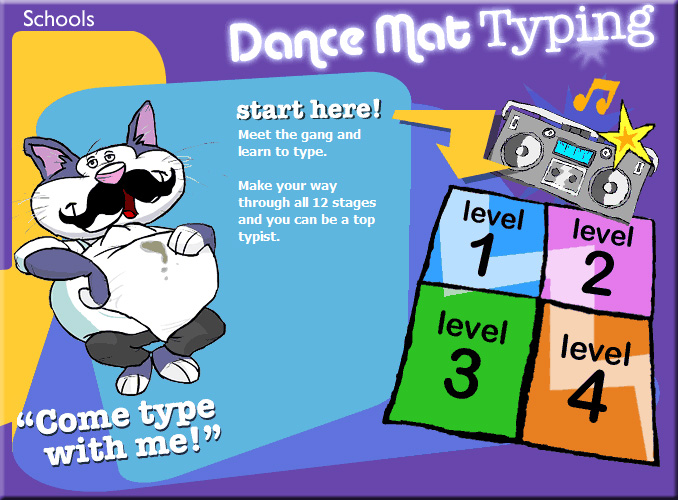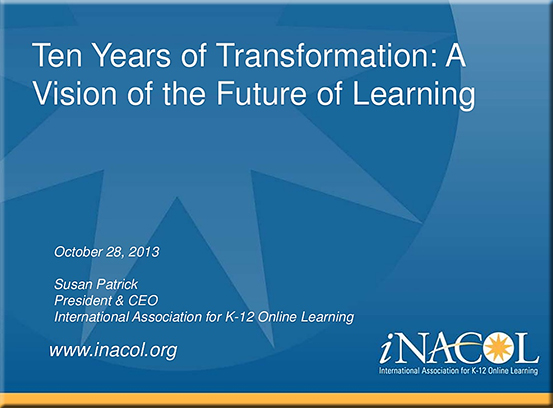Are we in an age of collective learning? –– from permamarks.org by Rotana Ty
Rotana Ty shares a wonderful essay on collective learning, curating the ideas of Marcia Conner, Nilofer Merchant, John Hagel, Tiffany Shlain, Gideon Rosenblatt, J. P. Rangaswami, Greg Satell, Mark Oehlert, and more.
Excerpted quote:
We are moving away from the model in which learning is organized around stable, usually hierarchical institutions (schools, colleges, universities) that, for better and worse, have served as the main gateways to education and social mobility. Replacing that model is a new system in which learning is best conceived of as a flow, where learning resources are not scarce but widely available, opportunities for learning are abundant, and learners increasingly have the ability to autonomously dip into and out of continuous learning flows.
Instead of worrying about how to distribute scarce educational resources, the challenge we need to start grappling with in the era of socialstructed learning is how to attract people to dip into the rapidly growing flow of learning resources and how to do this equitably, in order to create more opportunities for a better life for more people.













